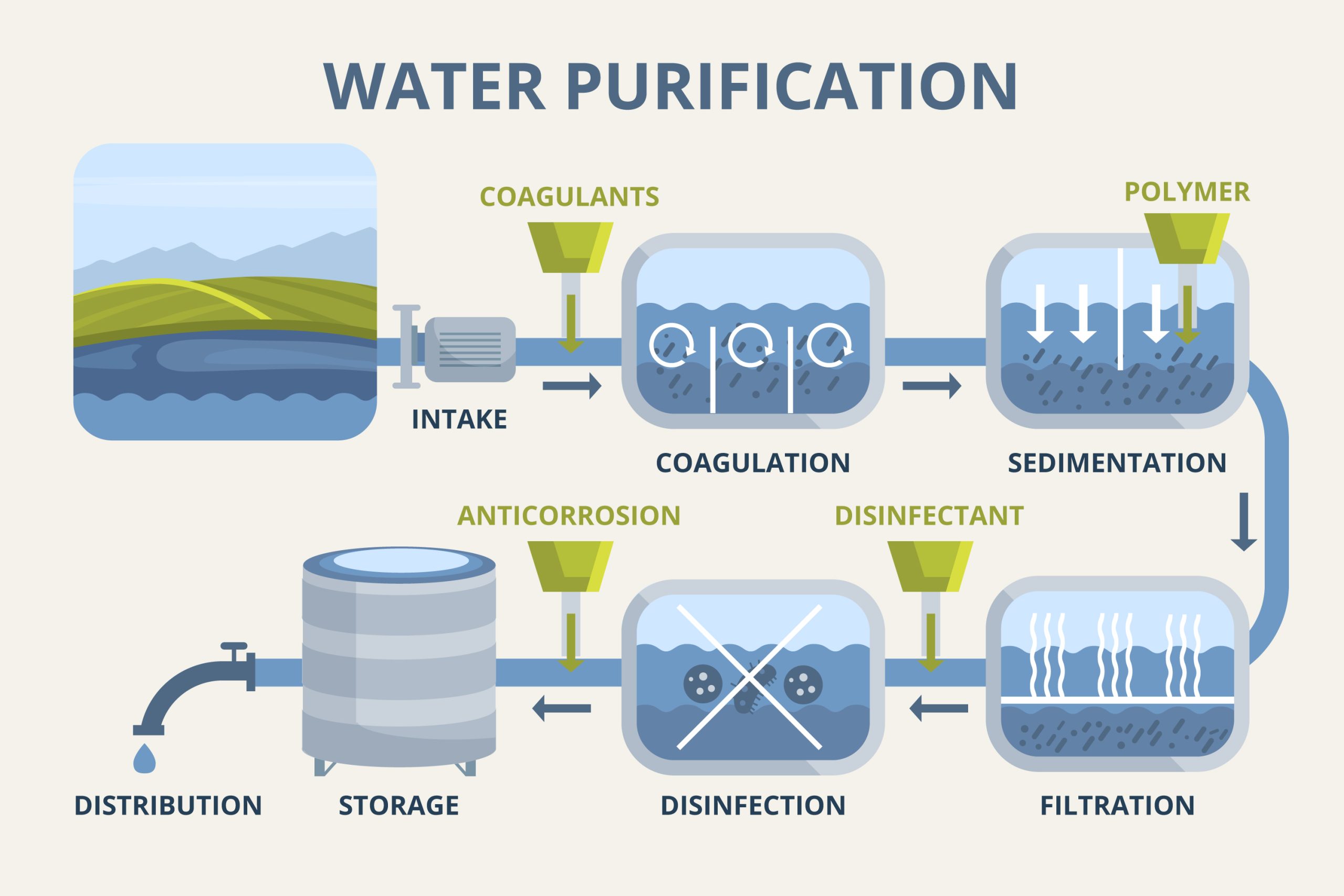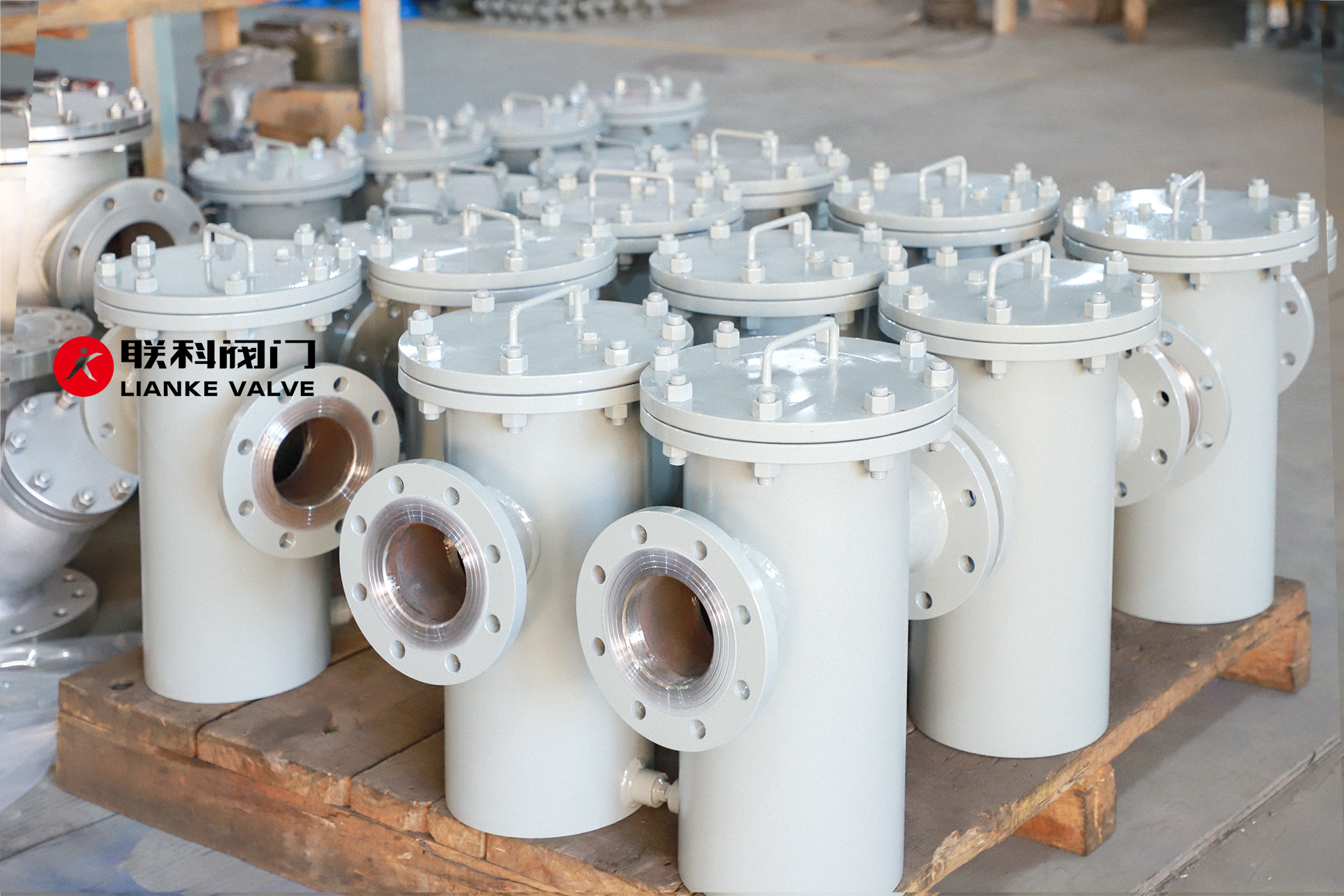

Valve testing ensures that industrial valves meet strict performance, safety, and durability standards before they are installed in real-world systems.
This process verifies that valves operate reliably under pressure, prevent leaks, and perform in extreme conditions such as high temperature or cryogenic environments.
Whether it’s a valve leak test or a gas valve test, the right method helps avoid costly failures and ensures compliance.
This guide explores the most important valve testing methods—including cryogenic, shell, and seat tests—and provides a clear comparison between hydrostatic and pneumatic pressure testing.
Let’s break down the testing procedures that ensure only the highest quality valves make it to the field.
Valve testing refers to the process of verifying that an industrial valve operates as expected under different conditions.
These tests evaluate factors such as pressure resistance, tightness, response to flow, and structural integrity.
Some tests are performed during manufacturing, while others are part of routine maintenance or inspection cycles.
Valves control the flow of liquids, gases, or slurries through pipelines.
A failed valve check could mean anything from a gas leak to a production stoppage.
That’s why the right valve testing procedures are vital to plant operations and safety.
Hydrostatic testing remains a commonly used method to verify the structural integrity and pressure-holding capacity of valves.
Pneumatic tests—also known as gas valve tests—use air or inert gases like nitrogen instead of water.
A valve leak test, often referred to as seat testing, checks the internal sealing performance of a valve when closed.
Shell testing evaluates the external structural strength of the valve body under pressure.
Cryogenic testing evaluates how a valve functions under extremely low temperatures, often as cold as -196°C (-320°F), by utilizing liquid nitrogen.
Some valves are fitted with a test drain valve to allow technicians to verify drainage after testing or system operation.
An inspection test valve is not for the valve under test but for the system itself—it is used to simulate operation for compliance checks.
This valve check confirms that the valve opens and closes correctly under standard operating conditions.
Fugitive emissions tests determine how much media leaks past valve seals, gaskets, or stem packings.

| Tipo de válvula | Suggested Tests |
| Válvula de gaveta | Hydrostatic, Seat, Shell, Functional |
| Válvula de esfera | Pneumatic, Seat, Shell, Fugitive Emissions |
| Cryogenic Valve | Cryogenic, Seat, Functional, Shell |
| Fire System Valve | Inspection Test Valve, Test Drain Valve, Functional |
| Gas Line Valve | Gas Valve Test, Pneumatic, Seat, Leak |
Neglecting valve testing can lead to:
Thorough testing is not an optional step—it’s essential risk mitigation.
Seat testing checks internal leakage when the valve is closed. Shell testing examines the external body under pressure.
Routine valve checks should follow manufacturer guidelines, industry standards, or internal inspection schedules—usually annually or semi-annually.
Only for valves operating at extremely low temperatures, such as in liquefied natural gas systems or oxygen delivery networks.
It helps technicians verify that a line or valve is completely drained before maintenance or shutdown, improving safety.
Not always. Each has unique benefits. Pneumatic testing is more sensitive, but hydrostatic testing is safer and more commonly used.
Reliable, durable, and leak-free valve performance starts with proper valve testing.
Whether you’re assessing a valve’s body through shell testing, confirming sealing with seat testing, or pushing limits in cryogenic testing, these methods uphold product safety and function.
Add to that critical checks like the test drain valve and inspection test valve, and you create a thorough quality assurance process.
From manufacturing to in-field inspections, the right combination of valve testing methods safeguards not just equipment but people, processes, and profits.
For reliable and quality valves, check LIANKE’s extensive product line today.
Recursos:
Valve Testing – Hydrostatic, Pneumatic, Shell, Seat, Fire…
The Ultimate Guide to Valve Testing
Valve Testing Methods And Standards: A Guide

When choosing a filter or strainer for your system, micron ratings tell you how small the particles are that your filter can catch. In simple terms, the smaller the micron rating, the finer the filter. Whether you’re in water treatment, chemical processing, or any industry that relies on micron filtration, knowing the right micron size […]

Municipal water doesn’t just show up clean at the tap—it’s the result of a carefully managed process. The liquid filtration process for municipal water treatment plants is the backbone of safe, clean drinking water. From removing dirt and debris to eliminating harmful pathogens, each step in this system ensures water meets strict safety standards. In […]

Choosing the right basket strainer for your system comes down to understanding filtration size, strainer mesh, and how these elements fit into your specific piping setup. Whether you’re working in chemical processing, food production, water treatment, or HVAC, the right strainer ensures system protection, flow efficiency, and long-term equipment performance. This article will help you […]

Installing, operating, and maintaining a basket strainer properly ensures optimal system performance, protects downstream equipment, and extends the life of your filtration system. Whether used in chemical processing, HVAC, food production, or water treatment systems, basket strainers are essential components for removing solid particles from fluids. In this article, we’ll break down the complete lifecycle […]



